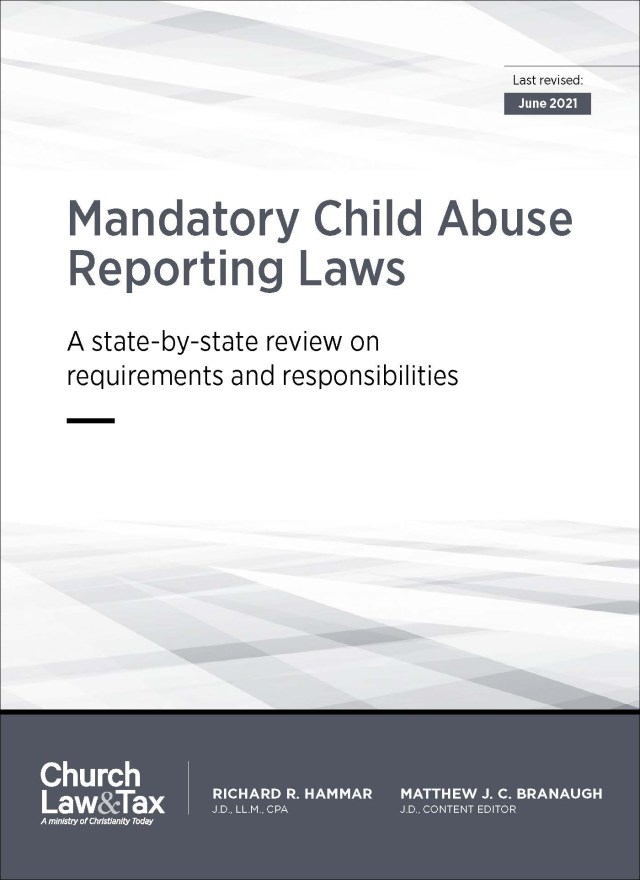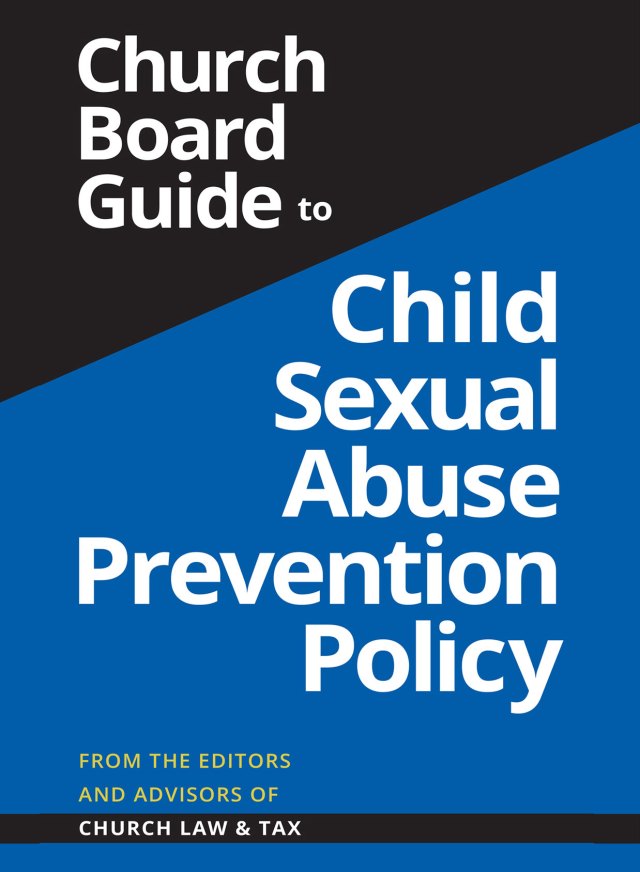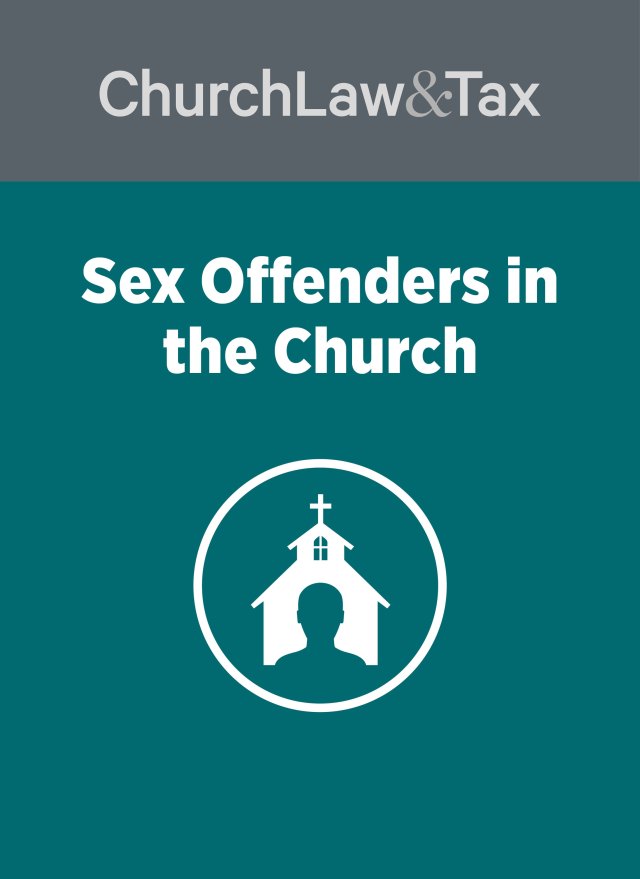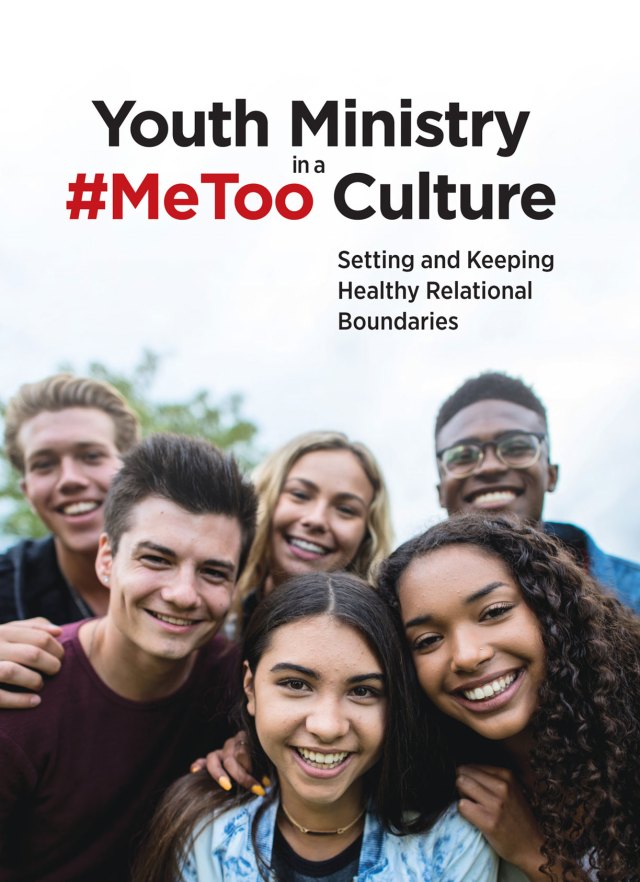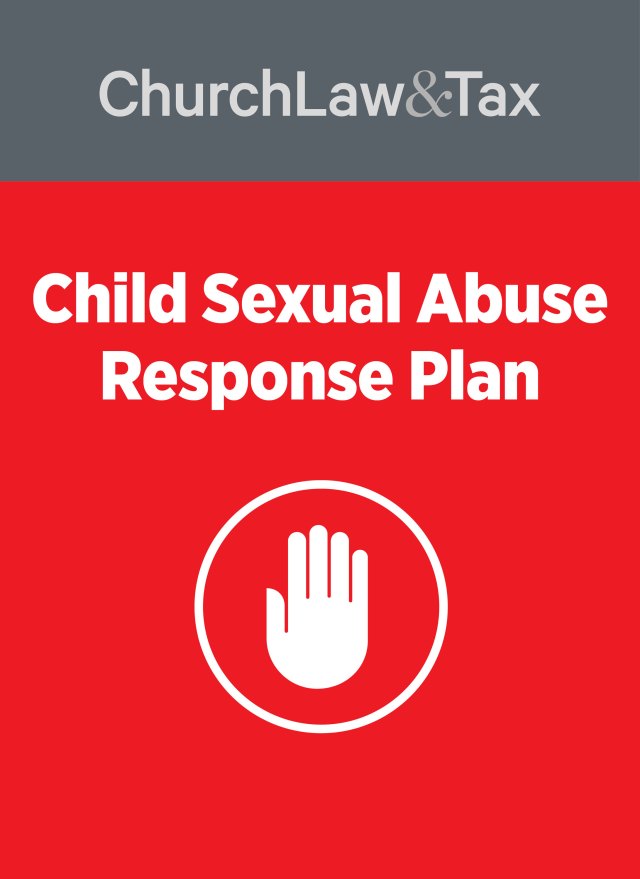From a 5-Step to a 14-Step Approach
For years, I followed a five-step process to help prevent child sexual abuse in churches:
- A written application
- An interview
- Reference checks
- A six-month rule (no one may serve in youth or children’s ministry unless they’ve been a church member for at least six months)
- A two-adult rule (no child should be alone with one unrelated adult)
Later, I added a sixth precaution: criminal background checks using national databases and sex offender registries.
Now, based on recent legal cases, public sentiment, and best practices, I recommend a 14-step plan to reduce the risk of abuse more thoroughly.
14-Step Plan to Protect Children in Church Settings
Key Point: These steps are designed first and foremost to protect children—not just to manage risk. Churches that prioritize safety over liability tend to maintain better long-term compliance.
1. Conduct Interviews
Interview all applicants—both paid and volunteer—who seek to work with children or youth. Interviews offer a chance to:
- Explore backgrounds
- Assess fit for ministry roles
- Clarify expectations
2. Require Written Applications
Applications should include:
- Full name and address
- List of youth-serving organizations where the applicant has volunteered or worked
- Explanation of any criminal convictions
- At least two personal references
3. Obtain Institutional References
The most reliable references come from organizations where the applicant previously worked with minors.
- Ask if the applicant is known to pose a risk to children.
- If institutional references aren’t available, collect personal references—preferably from church members or trusted community members.
- For pastors, references from denominational offices or previous churches are best.
If you don’t receive a written reply, call the reference and document:
- Who was contacted
- Date and time of contact
- Questions asked
- Summary of the conversation
- Names of both caller and witness (if applicable)
🛑 Caution: Some states require criminal background checks for childcare workers. Check with legal counsel for state-specific rules.
4. Follow a Six-Month Rule
Only allow volunteers who’ve been church members for at least six months to serve with children. This gives time to evaluate their behavior and motives.
5. Benchmark Your Policies
Compare your procedures to those of:
- Public schools
- Charities like the YMCA, Boy Scouts, and Girl Scouts
Aligning with these organizations can help demonstrate that your church is acting reasonably.
6. Legal Review of Policies
Have an attorney periodically review your safety policies to ensure they meet legal standards and best practices.
7. Enforce a Two-Adult Rule
No minor should ever be alone with one unrelated adult on church property or during church activities.
Note: Some churches follow public school models, allowing one adult with multiple children in a classroom during regular hours. This is generally seen as legally acceptable.
Examples of violations:
- A tent shared by one adult and three boys during a church campout
- A youth pastor driving one teen home alone after an event
8. Conduct Criminal Background Checks
Run a nationwide search of:
- Sex offender registries
- National criminal records
🚫 Never allow individuals on a sex offender registry to serve with minors.
If uncertain about a conviction, use public school eligibility as your standard.
9. Report Known or Suspected Abuse Promptly
Know your state’s child abuse reporting law. In many cases, reports must be made within 24 hours.
Always report if you have reasonable suspicion.
Benefits of prompt reporting:
- Legal compliance
- Avoids criminal and civil penalties
- Protects victims
- Helps flag abusers for other churches and organizations
- Reduces public backlash if additional abuse occurs
📝 Document your report. Include the date, agency, name of reporter, and a witness if possible.
Key Point: You’re not required to investigate—only to report suspected abuse.
10. Confront High-Risk Behaviors Immediately
Watch for these grooming behaviors:
- Minors spending unsupervised time at a leader’s home
- Sleepovers at a leader’s home or hotel
- One-on-one car rides or trips with unrelated minors
- Gift-giving to unrelated minors
Shut these behaviors down immediately.
11. Monitor Social Media Use
Prohibit private messaging between youth leaders and unrelated minors.
✔ Check with local school districts to understand their policies on adult–minor communications.
12. Use Video Technology
Install cameras in high-risk areas to:
- Deter abuse
- Protect staff from false accusations
Best camera locations:
- Nursery areas (where young children who may not be old enough to report abuse can be monitored)
- Hallways outside children’s restrooms
13. Provide Regular Training
- Identifying abuse
- Reporting abuse
- Your church’s prevention policies
Invite experts from child abuse hotlines or prosecutors’ offices to support your training.
14. Prevent Negligent Supervision
Even with proper screening, churches can still be liable for poor supervision.
Avoid negligence by:
- Locking unused rooms
- Installing windows on all doors of all nursery rooms, Sunday school rooms, and youth ministry rooms
- Using video monitoring
- Maintaining adequate adult supervision
- Enforcing the two-adult rule
- Only releasing minors to approved adults
- Being extra vigilant during off-site activities
- Barring sex offenders from all youth and children’s events
Key Point: Reframe these steps as child protection—not risk management. When leaders are motivated by care rather than liability, compliance is stronger and more consistent.
Legal Case Example: Andrews v. Cronin (Mass. Super. 2018)
The Massachusetts Supreme Judicial Court ruled that a Catholic diocese could be held liable for negligent supervision and retention, though not for negligent hiring.
Case Summary:
- A priest took two altar boys on multiple overnight trips where he allegedly molested them.
- The boys later sued the diocese for failing to stop the abuse.
Findings:
- The diocese was not liable for negligent hiring—there was no evidence of prior abuse.
- The court found sufficient evidence that the bishop “should have known” about the priest’s ongoing contact with the boys and failed to intervene.
Key Takeaway: Churches can be held liable if they fail to act on warning signs, even if the initial hire seemed appropriate.
The Growing Public Outrage
Public anger toward churches mishandling abuse claims has intensified. Three recent developments illustrate this shift:
1. Pennsylvania Grand Jury Report (2018)
Investigated abuse in six Catholic dioceses:
- Found 300+ predator priests
- Identified 1,000+ known child victims
- Triggered a federal investigation and calls for mass resignations
2. Brooklyn Diocese Settlement (2018)
The diocese paid $28.5 million to four men abused by a priest—one of the largest per-victim settlements ever.
3. Federal Law: Protecting Young Victims from Sexual Abuse Act (2017)
Passed after hundreds of young athletes were abused in USA Gymnastics and other youth sports.
- Spurred by victim testimony and congressional outrage
- Reinforced the need for mandatory reporting and prevention in all youth-serving organizations
Final Thoughts for Church Leaders
Public tolerance for mishandling child abuse is gone. Today’s juries—and communities—expect churches to take strong, proactive steps to protect minors.
Now is the time to review your policies, close the gaps, and reaffirm your church’s commitment to safety.
We’ve used a combination of AI and human review to make this content easier to read and understand.

